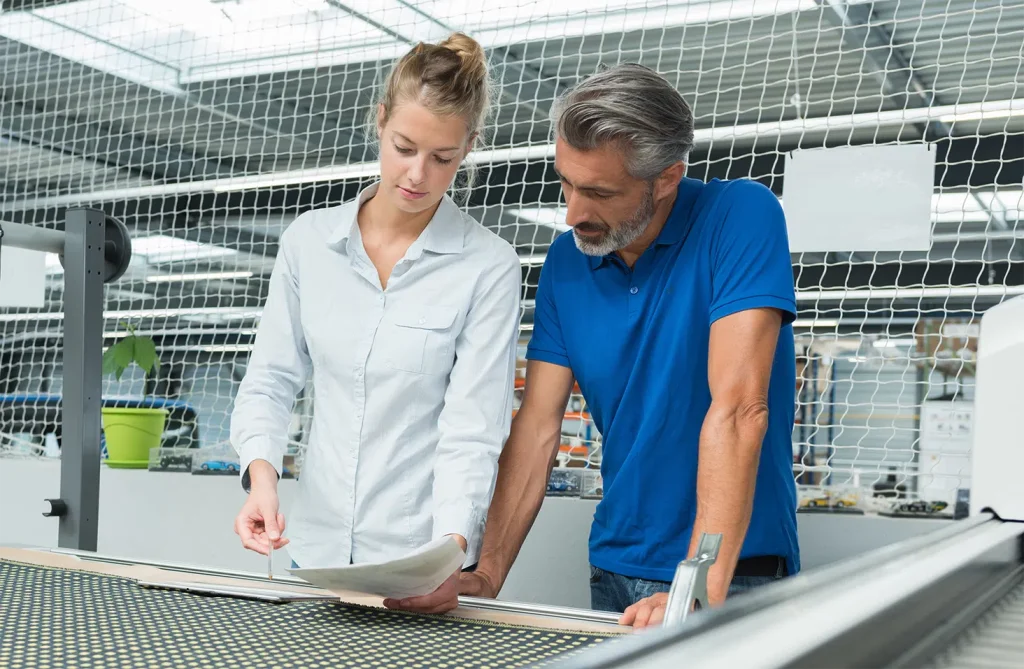In a world increasingly aware of the importance of sustainability, sustainable packaging is presented as an innovative and essential solution. This article provides an exhaustive analysis of what is sustainable packaging, exploring its advantages, disadvantages, and associated challenges to offer a balanced and accessible perspective so that anyone who wants to get into this trend has all the necessary information.
What does sustainable packaging mean?
Sustainable packaging is designed to minimize its environmental impact throughout its entire life cycle. This ranges from the selection of materials to the production process, use, and end of life.
Innovative companies like Novsus are leading the way with initiatives such as the materials made from rice husks instead of traditional plastics use, thus seeking to reduce dependence on non-renewable materials and reducing CO2 emissions.
The choice of sustainable materials is essential in the development of ecological packaging.
Ecodesign: the heart of sustainable packaging
A key innovation in the sustainable packaging world is eco-design, an approach that at Novsus we have adopted with the revolutionary Oryzite material, an innovative material based on rice hulls, an agricultural by-product, to create ecological and efficient packaging.
Ecodesign involves considering sustainability from the conception of the product to its disposal, seeking to minimize the environmental impact throughout the entire product life cycle.
This goes beyond aesthetics, focusing on the impact of the production, transportation, and recycling process. At Novsus, through Oryzite, we demonstrate how ecodesign can lead to innovative solutions that replace traditional plastics with more environmentally friendly materials such as rice husks.
What is sustainable packaging and why is it important?
The relevance of sustainable packaging focuses on its ability to mitigate environmental problems associated with conventional packaging, such as plastic pollution and overexploitation of non-renewable resources.
By adopting more sustainable practices, companies not only contribute to environmental protection but also respond to a growing consumer demand for greener products.
Packaging and circular economy: a sustainable model
Sustainable packaging is an essential component of the circular economy, a model that is based on the principles of reducing, reusing, replacing, renewing, and recycling. Companies like Novsus, with our focus on circular economy packaging, are leading the way toward a more sustainable future.
In this model, packaging materials are selected and used in a way that their environmental impact is minimized, promoting a life cycle that keeps resources within a loop of continuous use.
Key factors in the sustainability of packaging
- Materials: Choosing recyclable, biodegradable, or materials derived from renewable sources is essential.
- Production process: Energy efficiency and reducing the carbon footprint during manufacturing are crucial aspects.
- Design: Packaging must be designed with reuse or recycling in mind.
Advantages of sustainable packaging
- Reduction of the carbon footprint: They contribute significantly to the reduction of environmental impact.
- Conservation of resources: They encourage the efficient use of materials and energy.
- Innovation and competitiveness: They open new market opportunities and stimulate innovation.
- Response to consumer demand: They meet the growing demand for sustainable products.
The future of sustainable packaging
The future of sustainable packaging is promising, with constant innovations and growing interest from consumers and companies. Technology plays a crucial role in the development of new materials and more efficient and less polluting production processes.
Additionally, regulation and public policy can drive the adoption of more sustainable practices in the packaging industry.
But this is not all; To maximize the impact of sustainable packaging, it is crucial to educate and raise public awareness about its importance. Awareness and education campaigns can help consumers understand the value of choosing products with sustainable packaging and correctly managing their final disposal.
Regulations and Public Policies
As we told you, regulations and public policies play a fundamental role in promoting sustainable packaging. Government initiatives, such as tax incentives for companies that use sustainable packaging or regulations that limit the use of non-recyclable plastics, are essential to encourage a change in the industry.
What is sustainable packaging? Future Challenges
Despite progress, sustainable packaging faces future challenges, such as the need to improve recycling infrastructure and waste management. Additionally, it is important to continue researching and developing materials that are both sustainable and functional for a wide range of applications.
Conclusion
Sustainable packaging made from materials such as the Oryzite that we use at Novsus represents a crucial step towards a greener and more responsible future. Through the adoption of ecodesign practices and integration into the circular economy, they offer an opportunity for companies to align with the values of sustainability and environmental responsibility.
By adopting sustainable packaging, we not only contribute to the protection of the environment but also encourage positive change in the industry and society.
Sustainability in packaging is not just a trend, but a necessity in the fight against climate change and environmental degradation. With a balanced and considered approach, sustainable packaging can be an effective solution for a more sustainable future.



